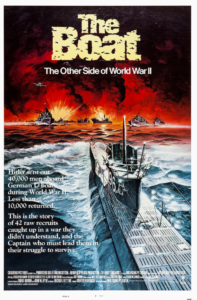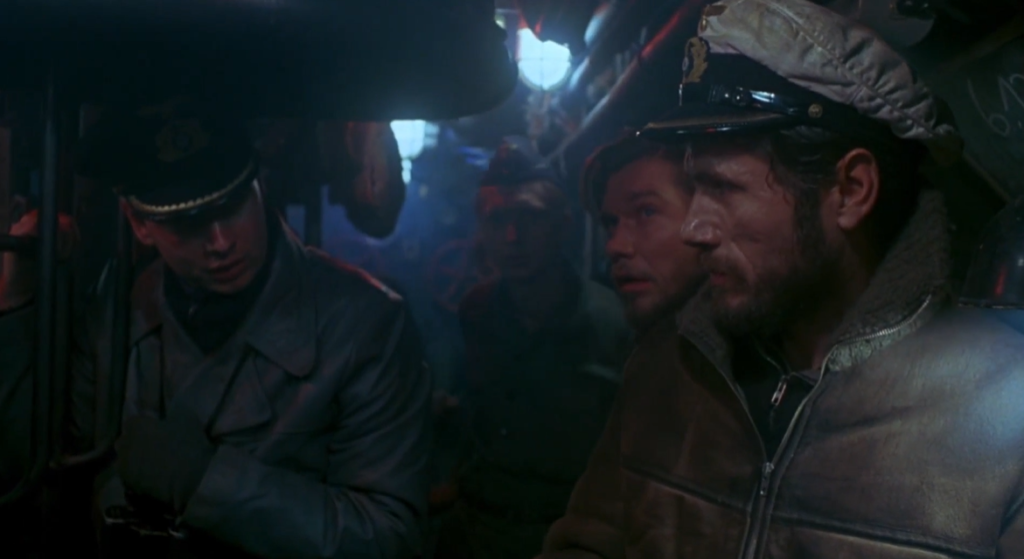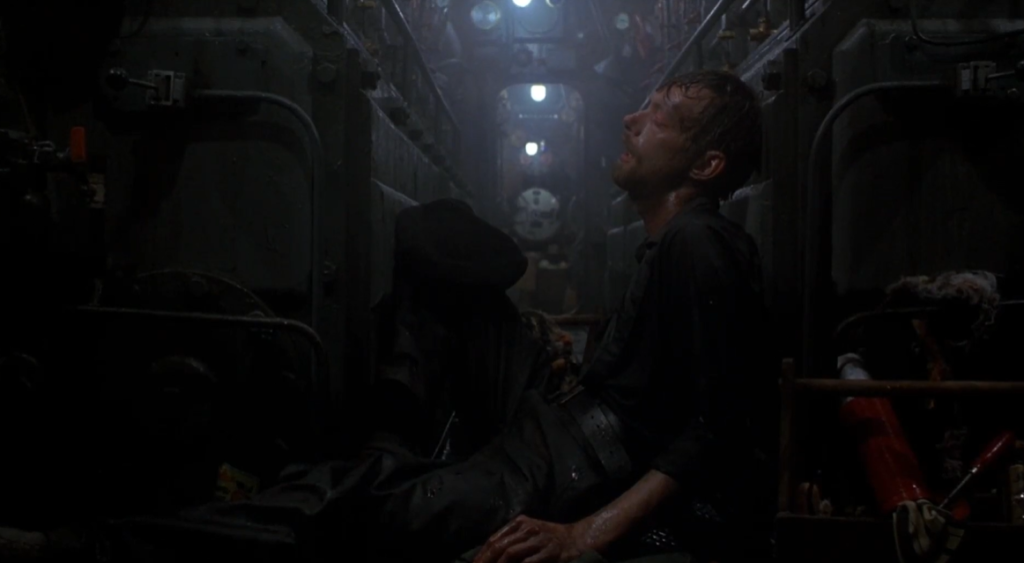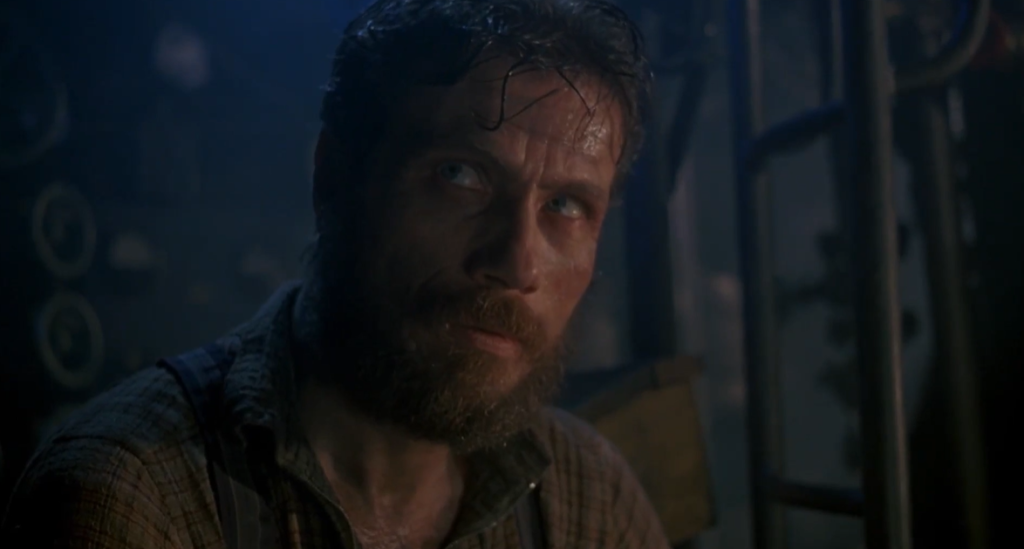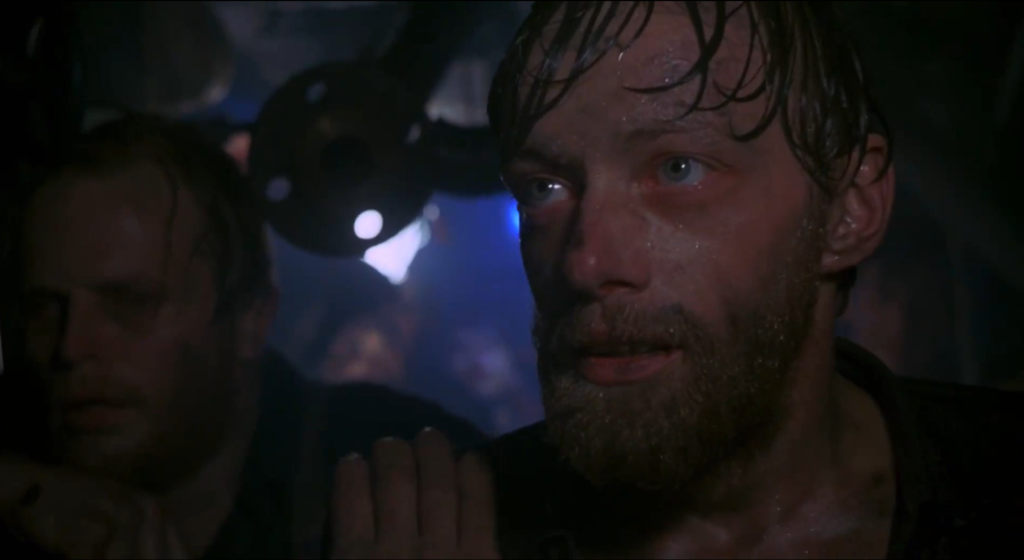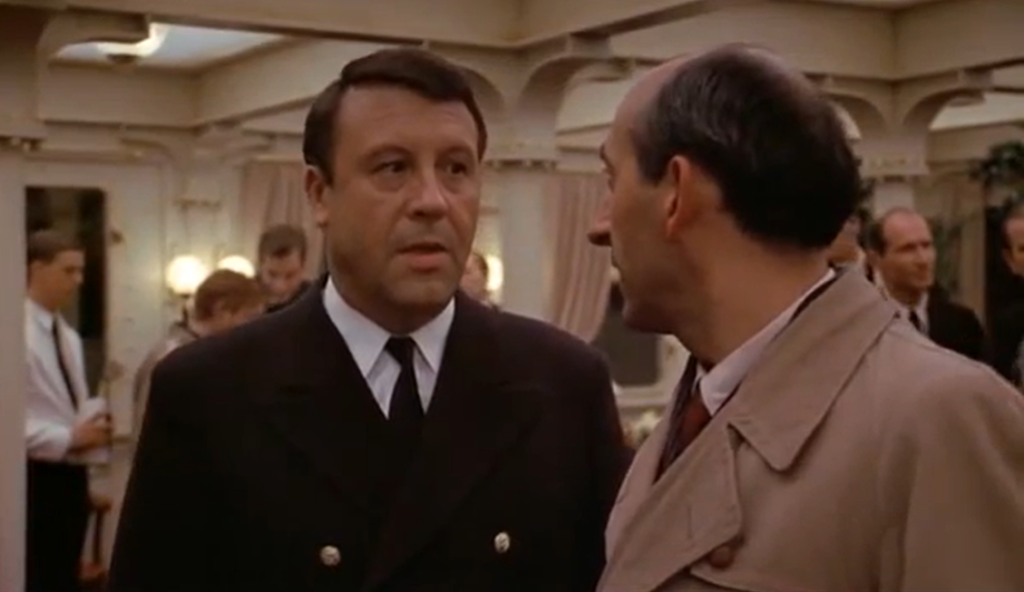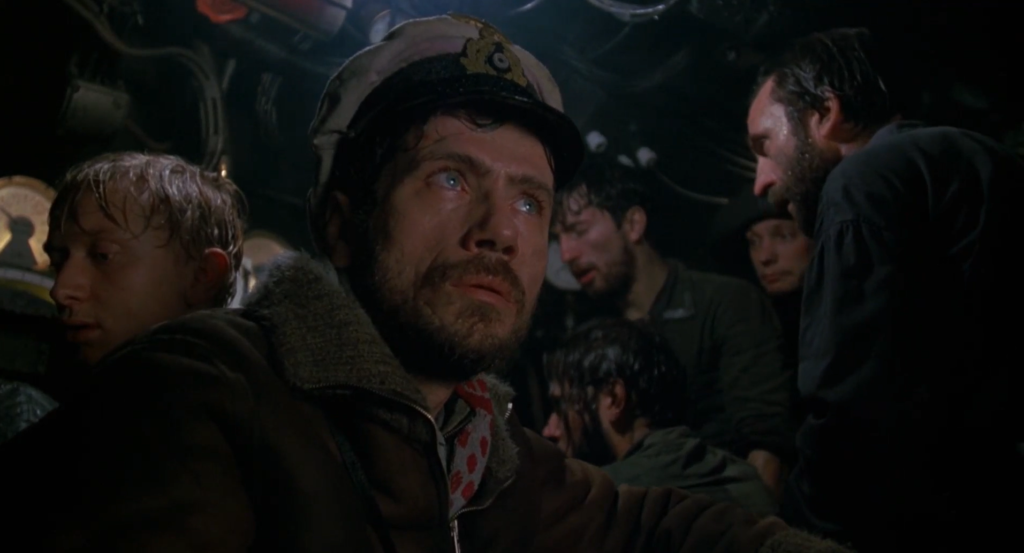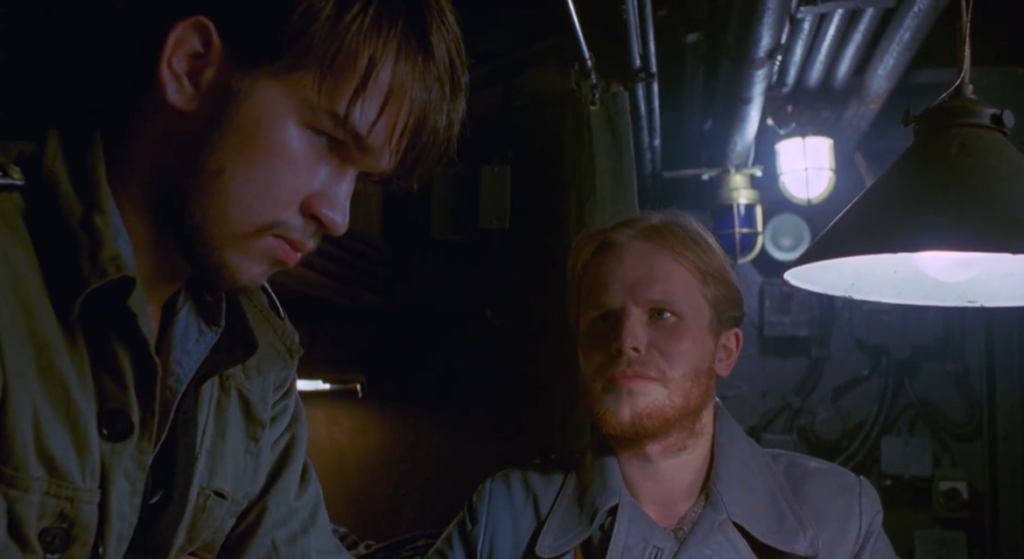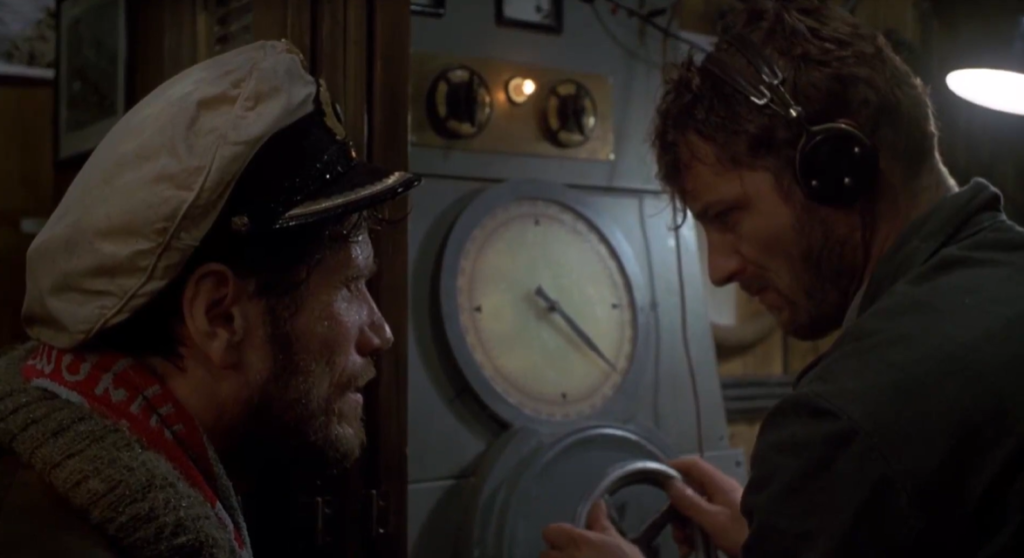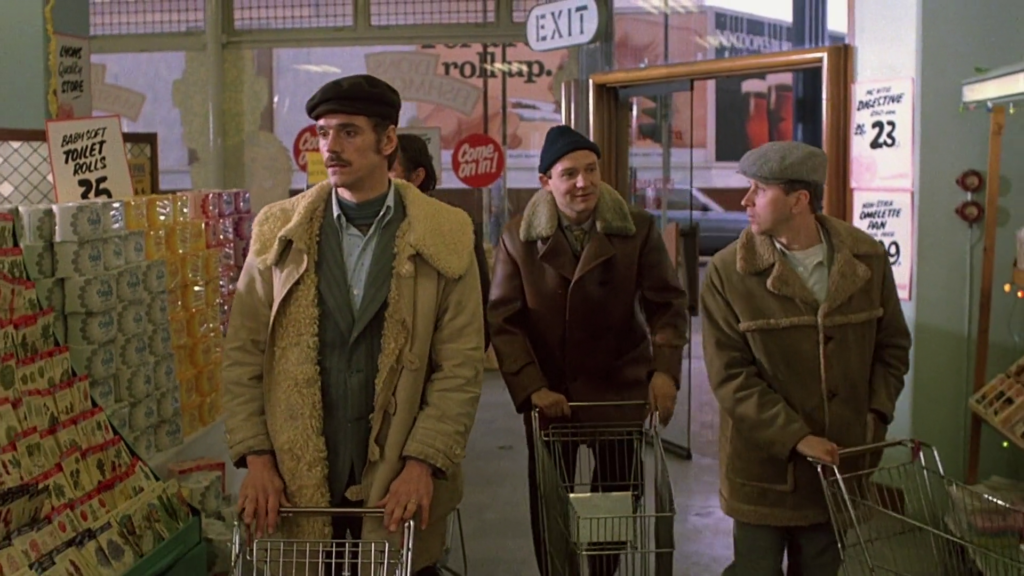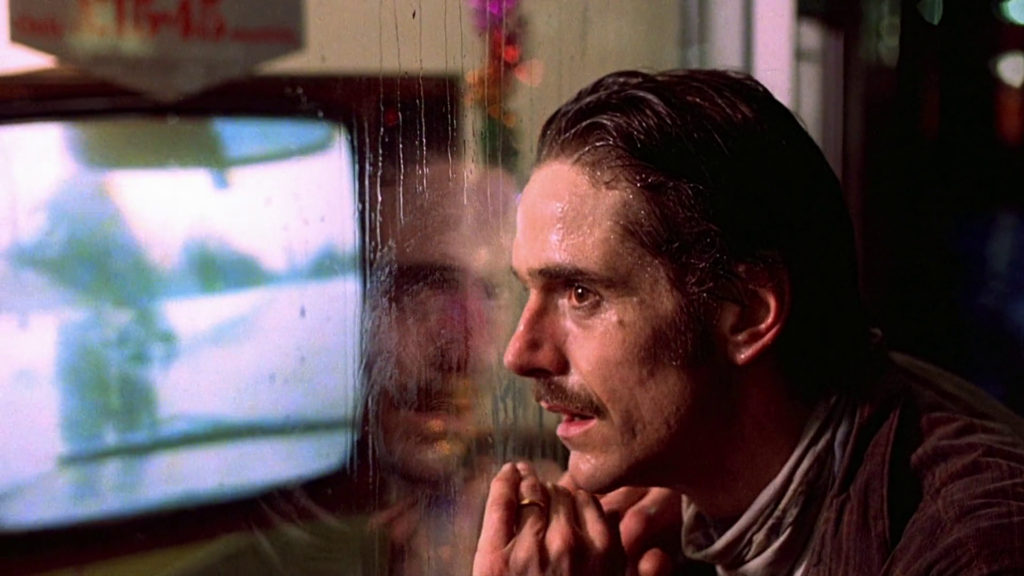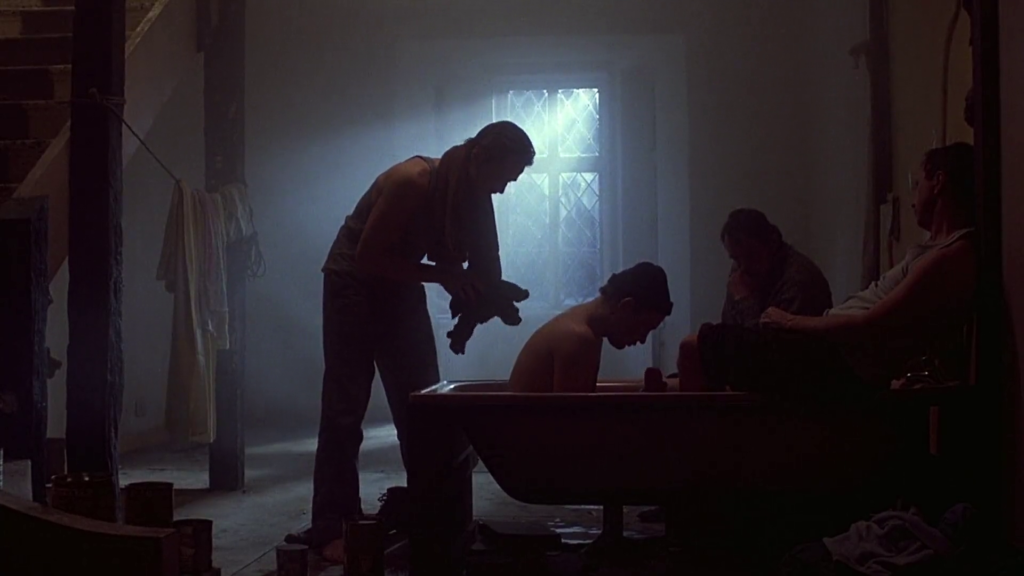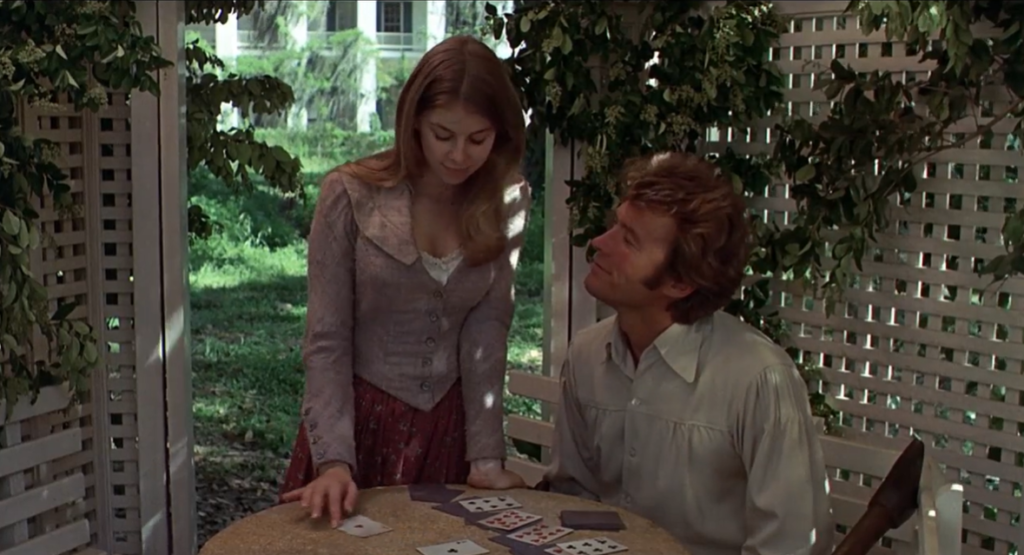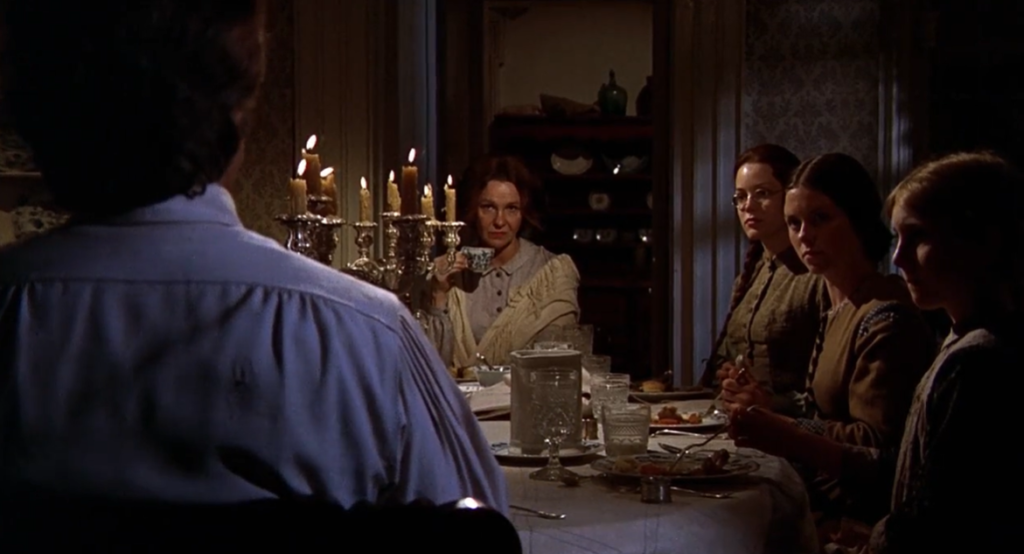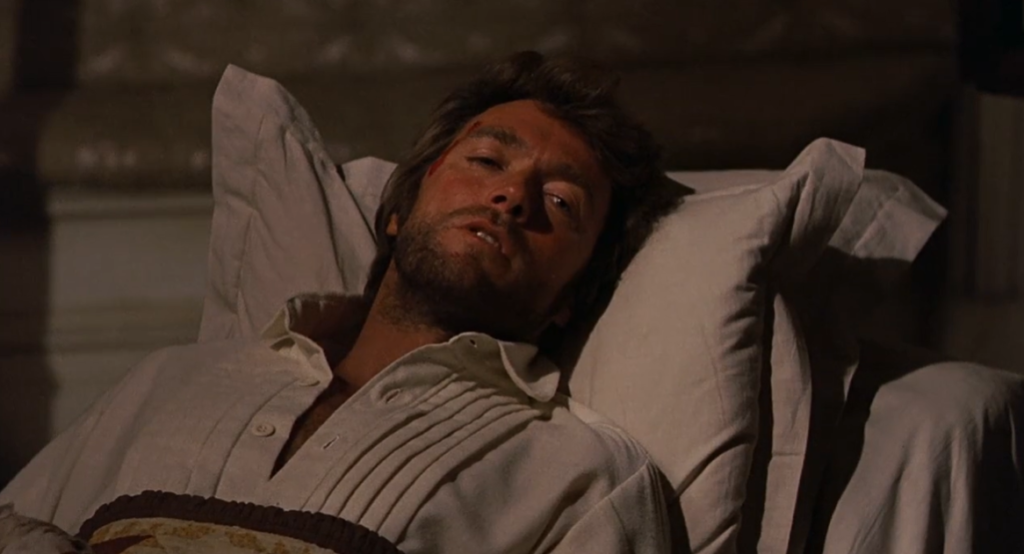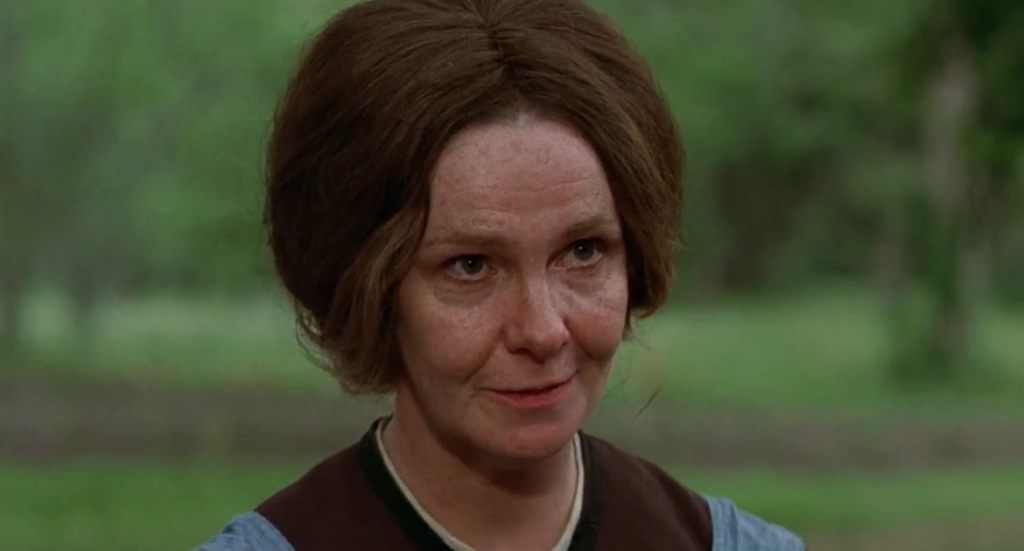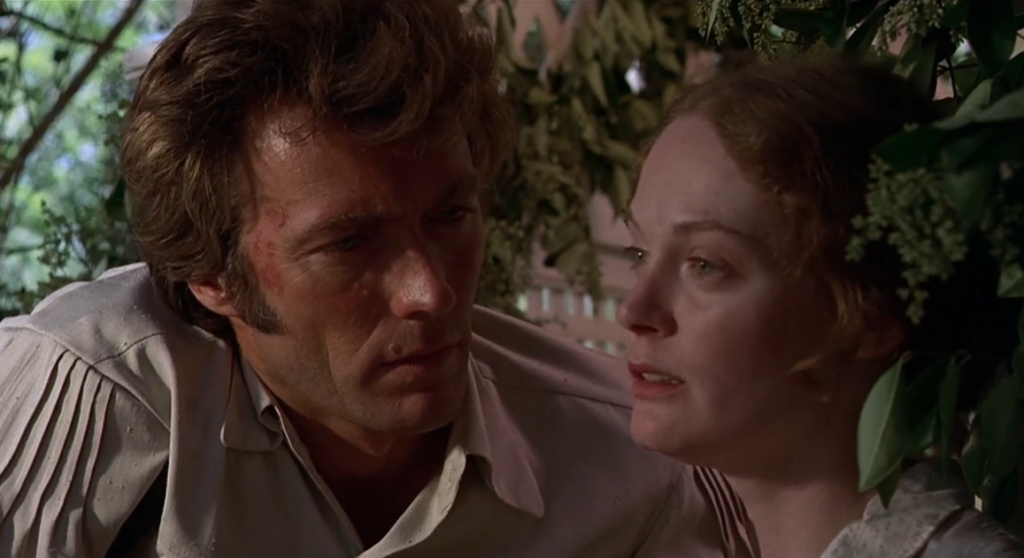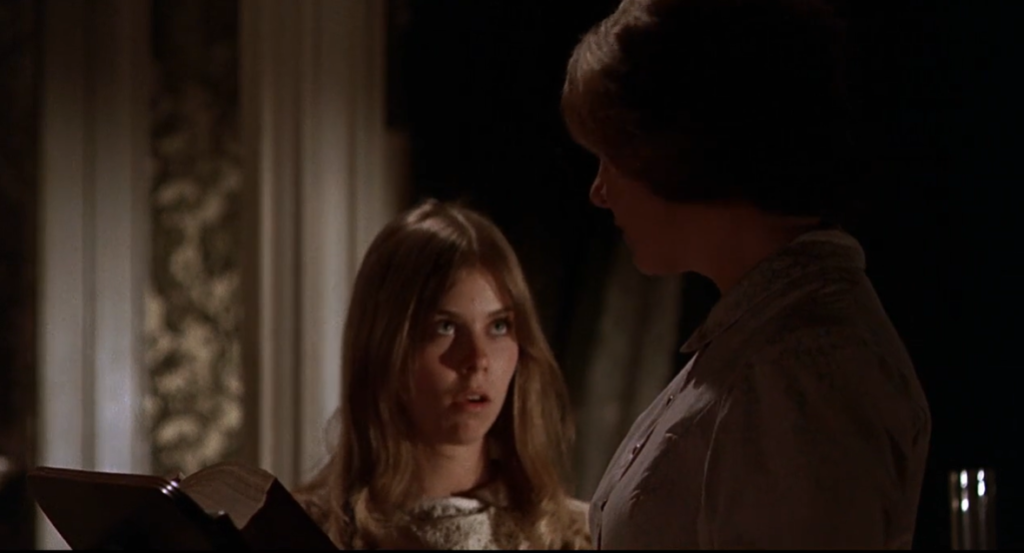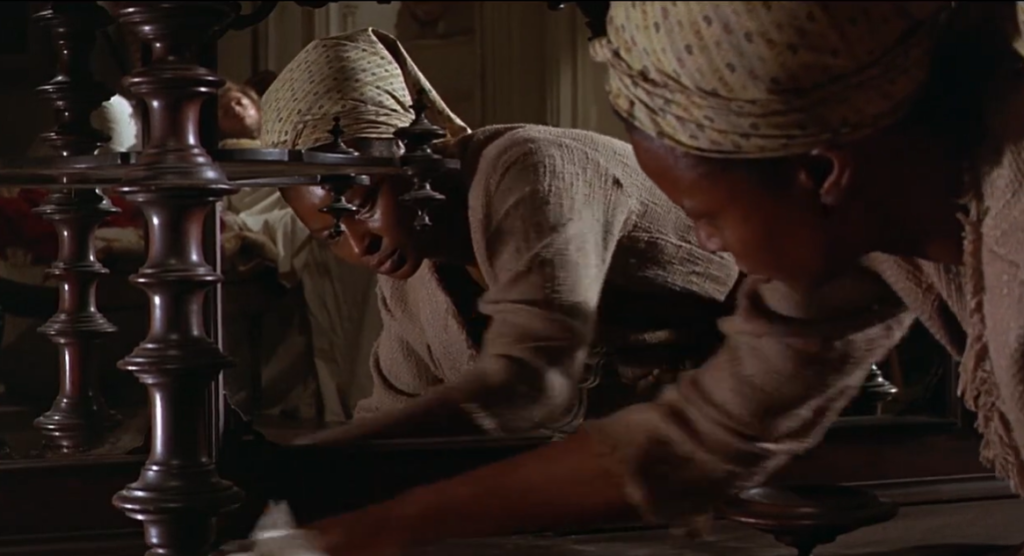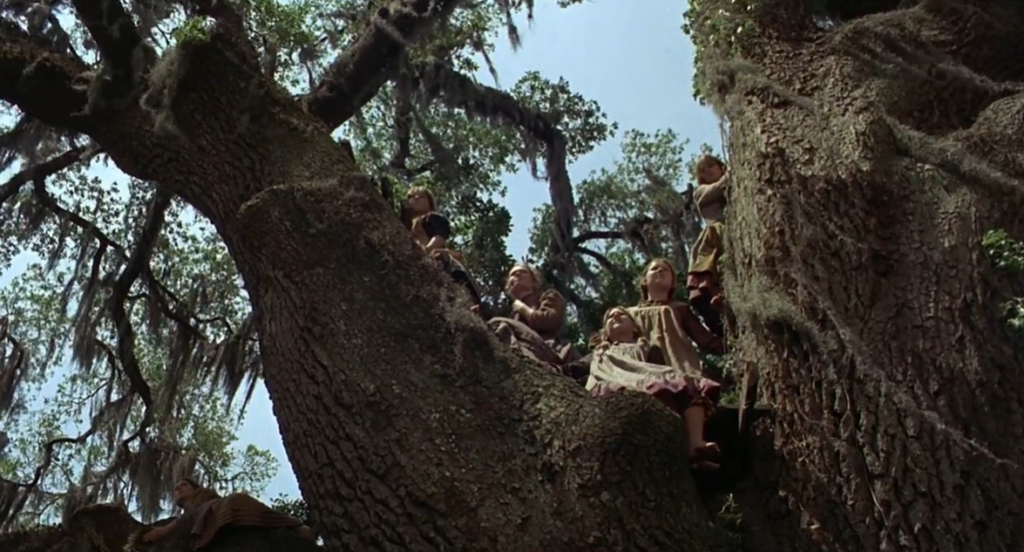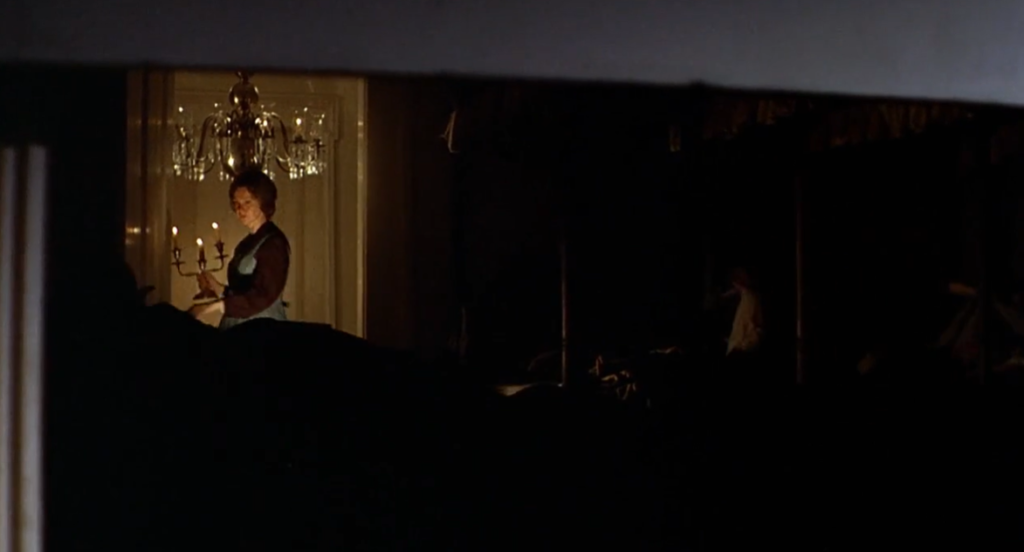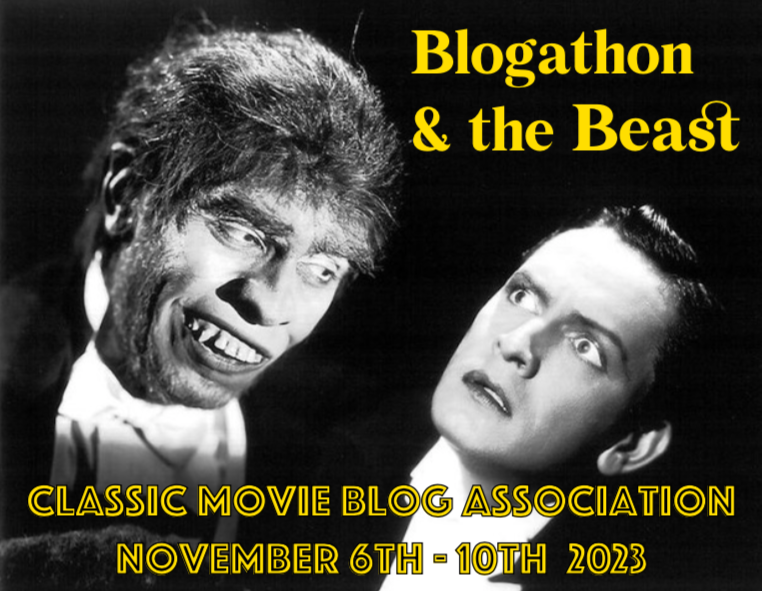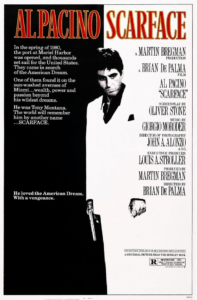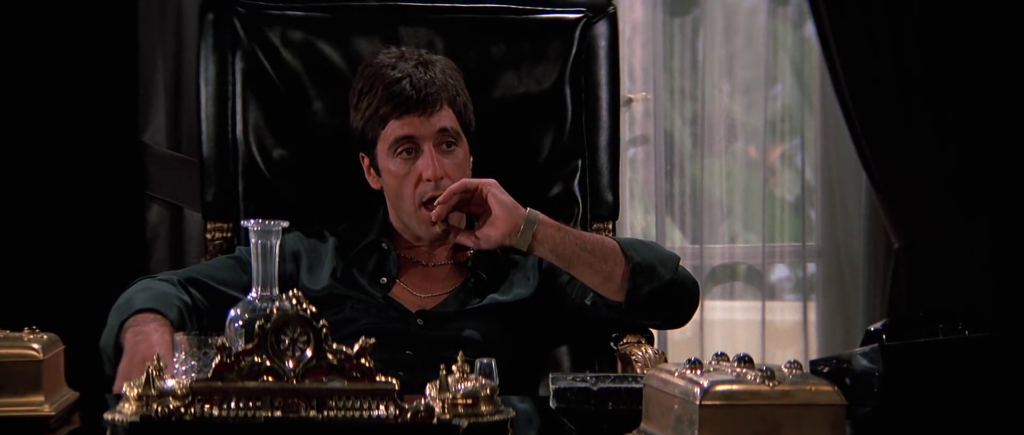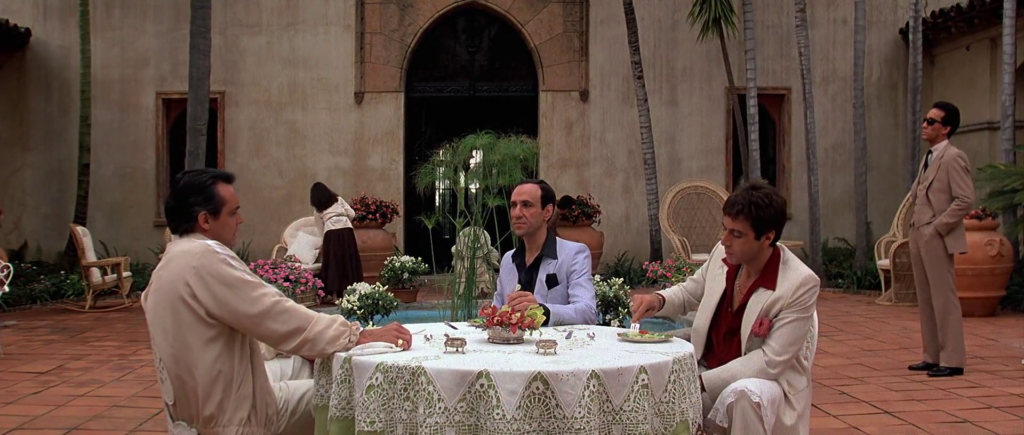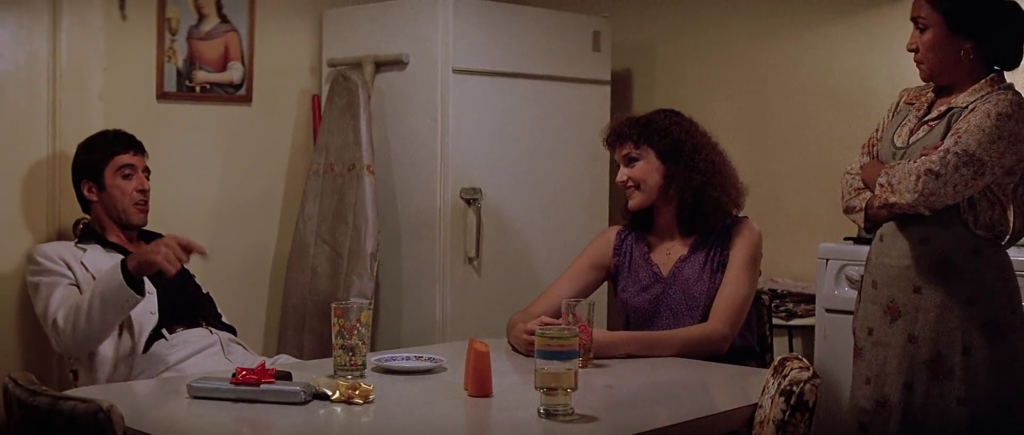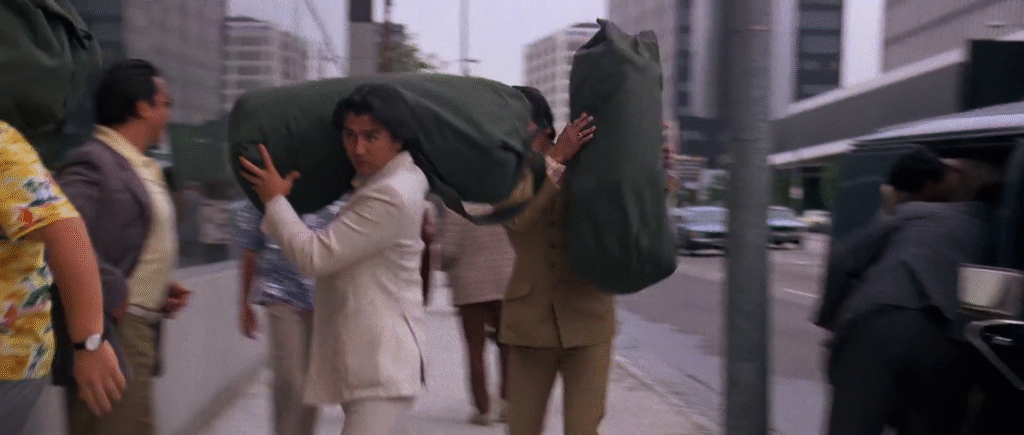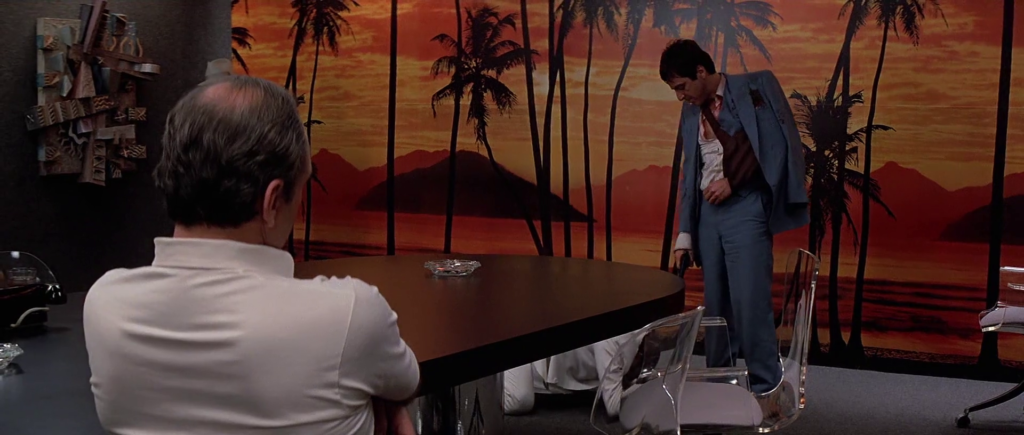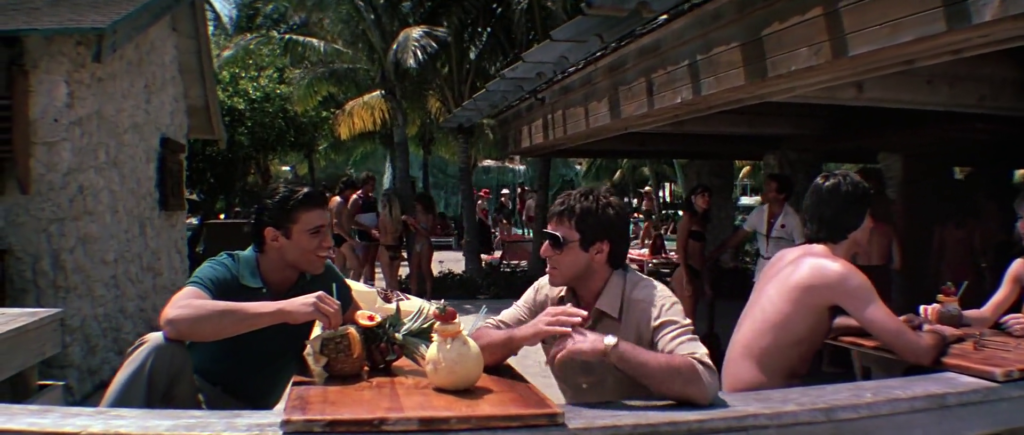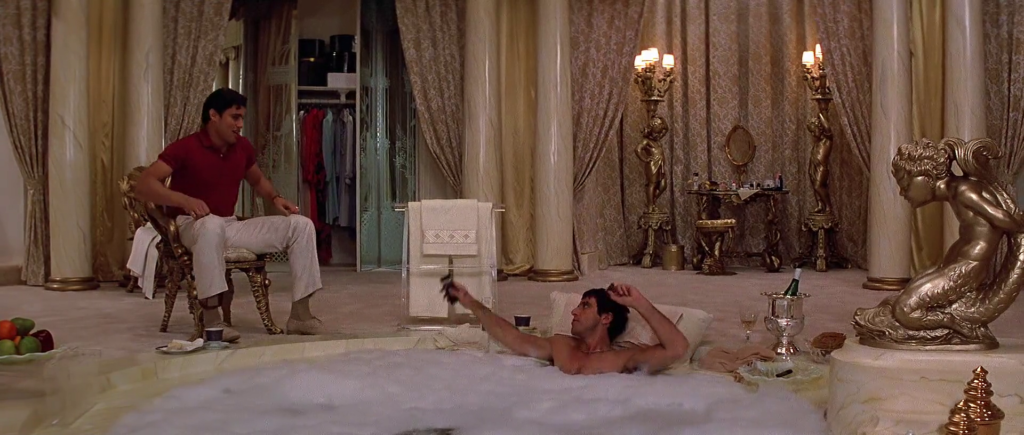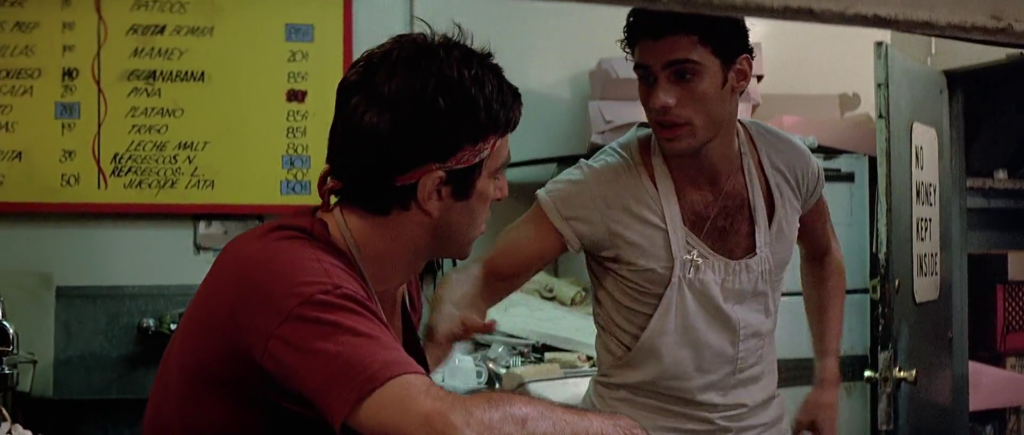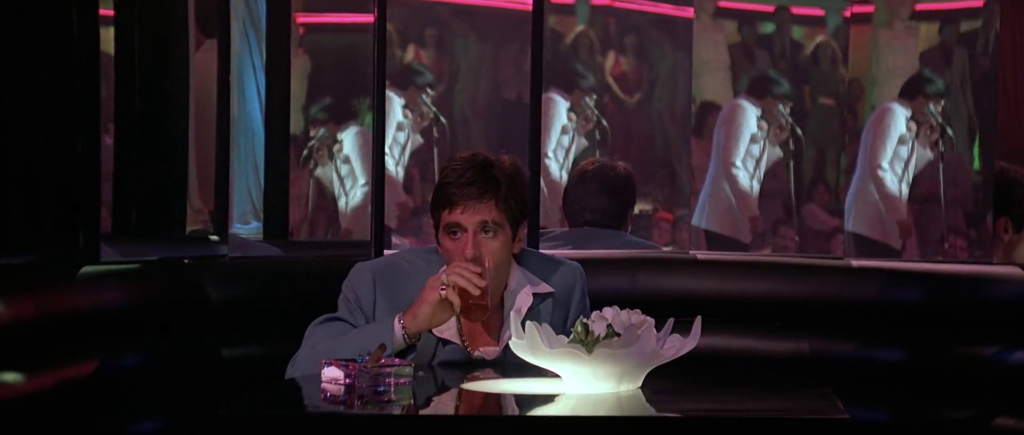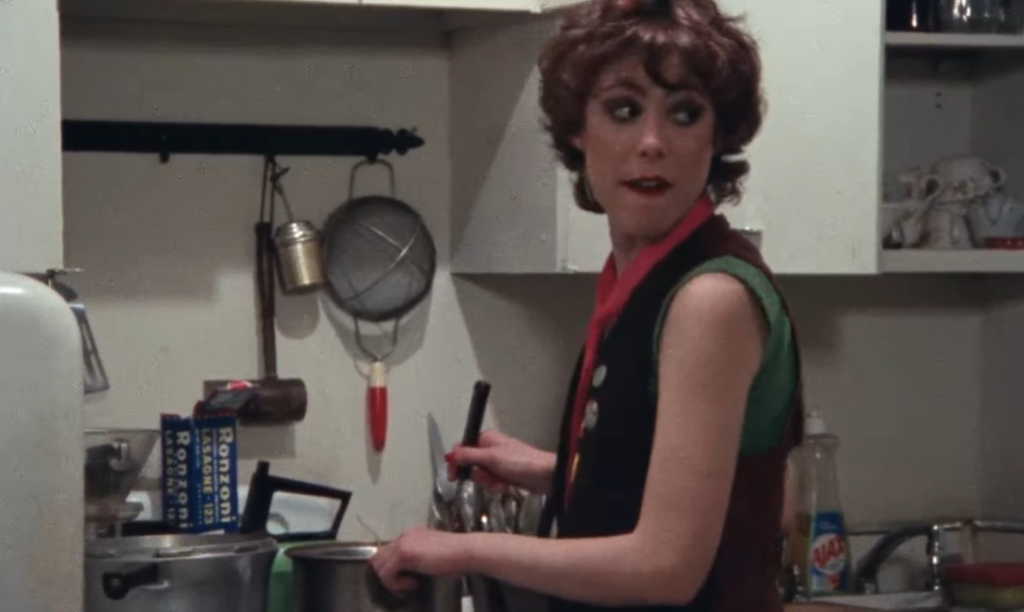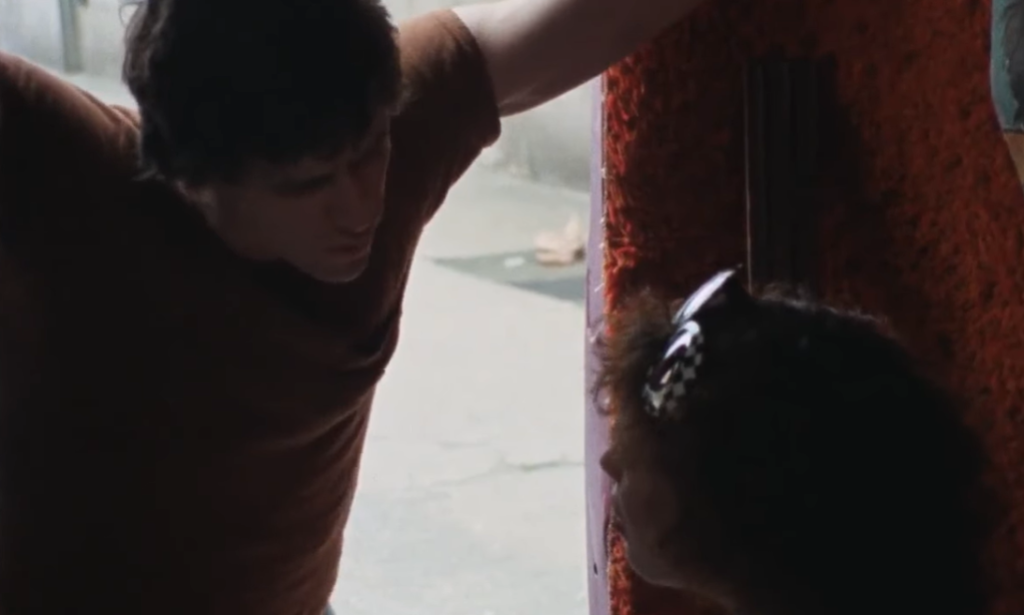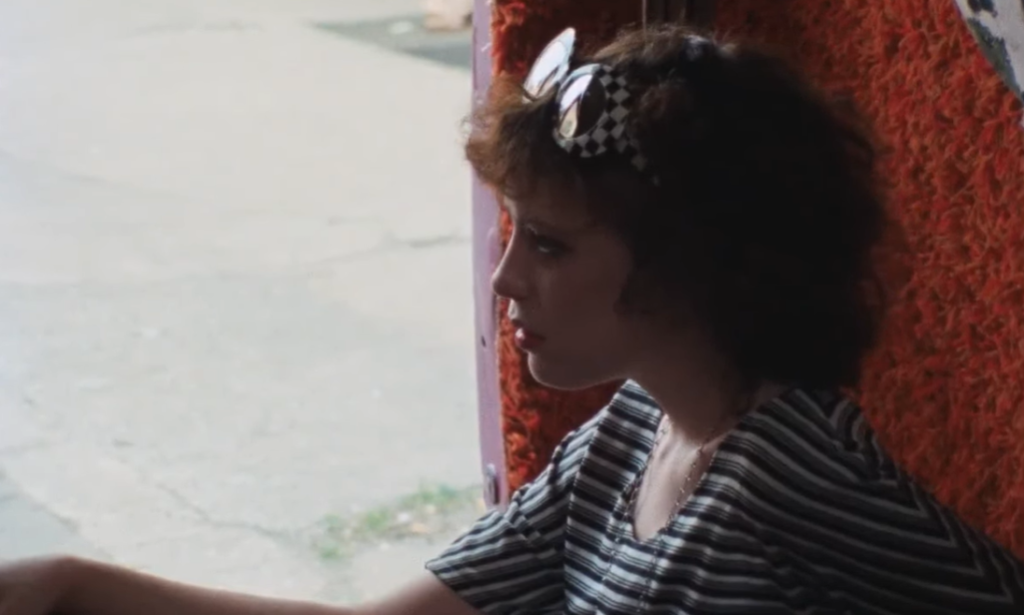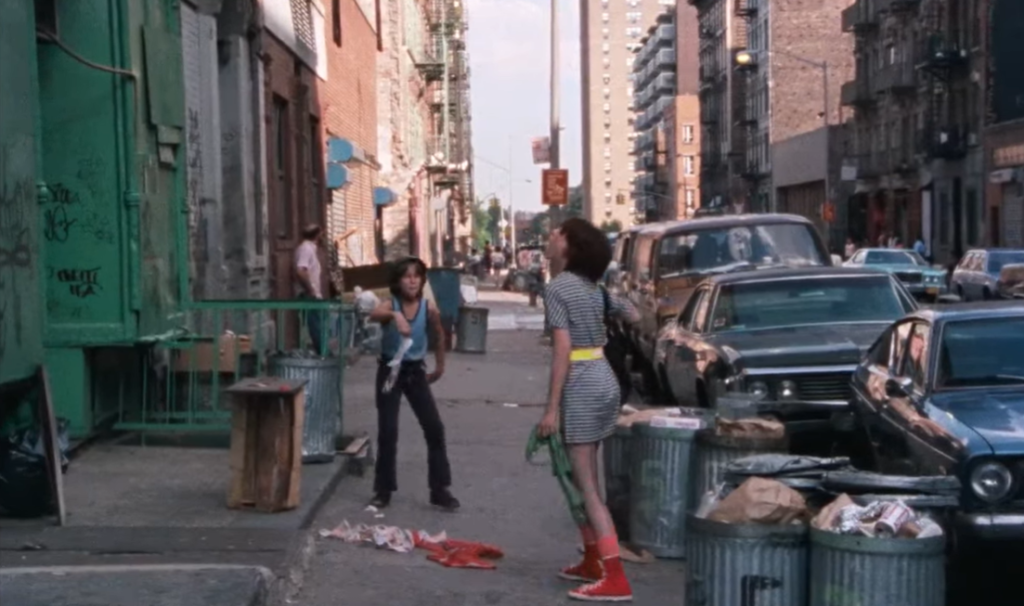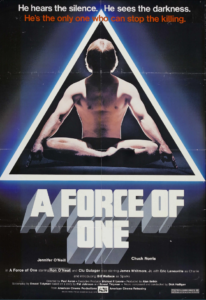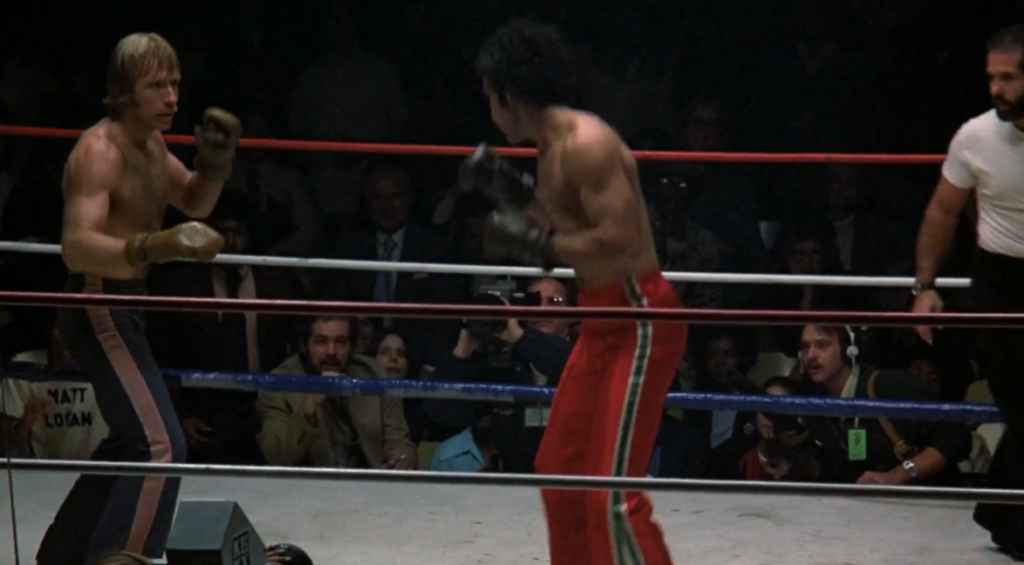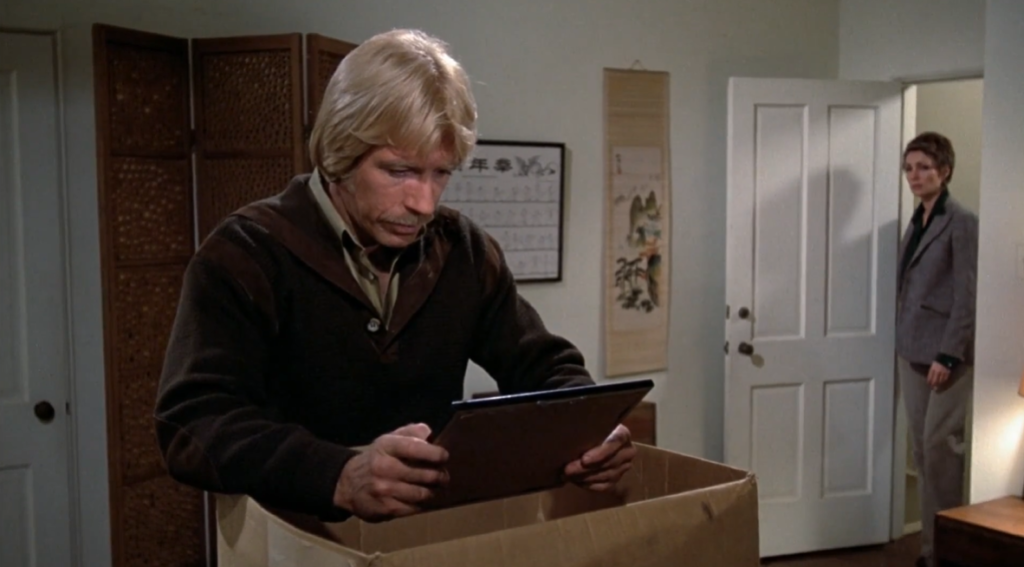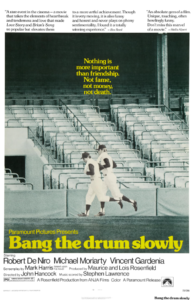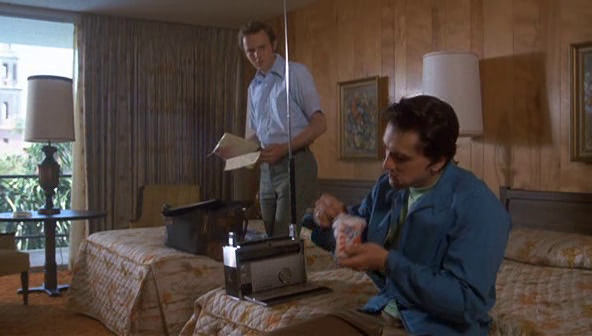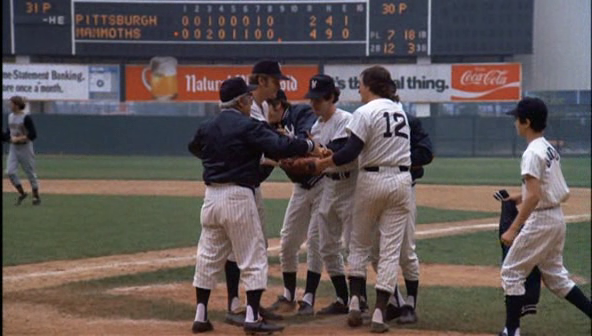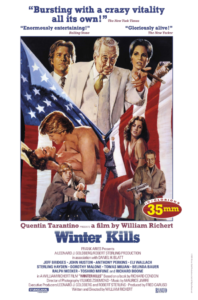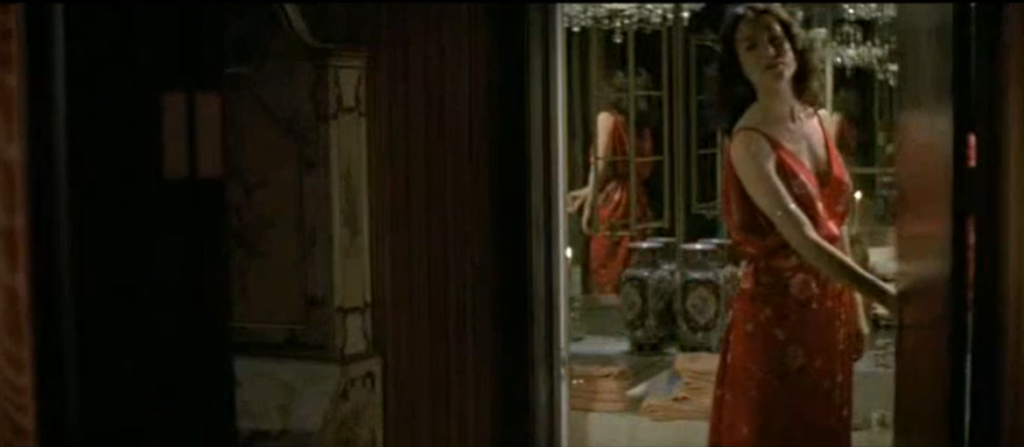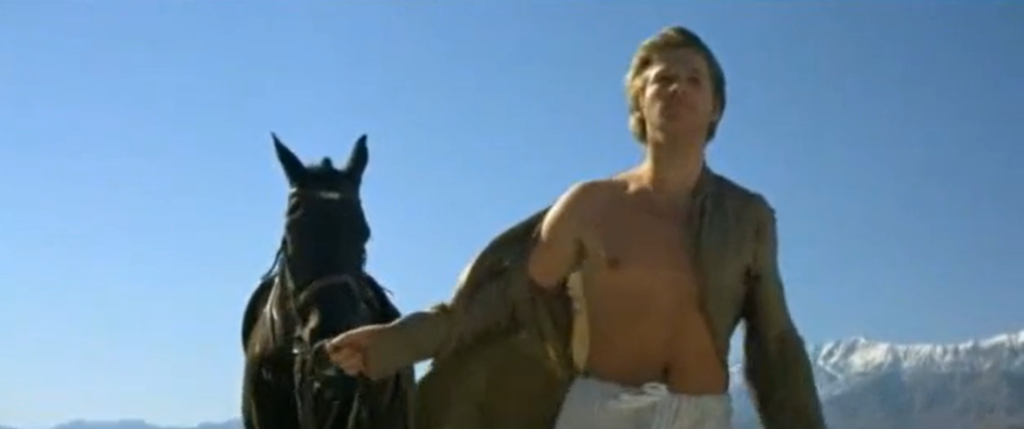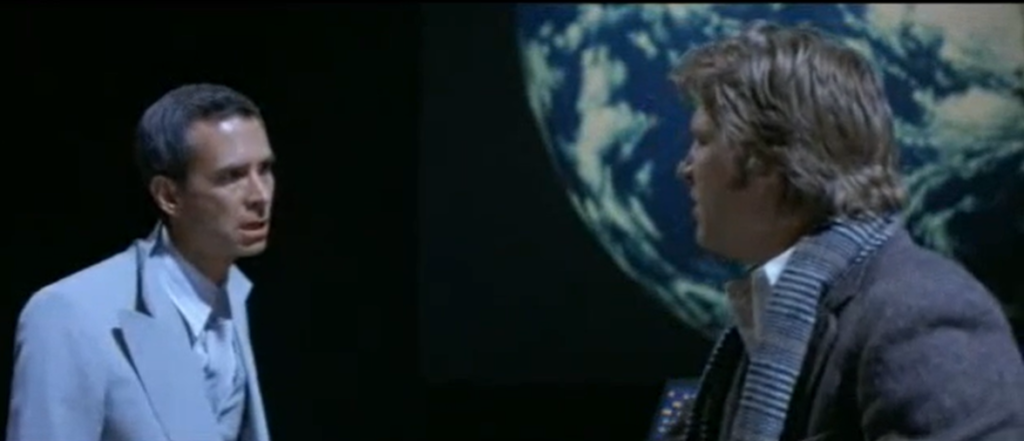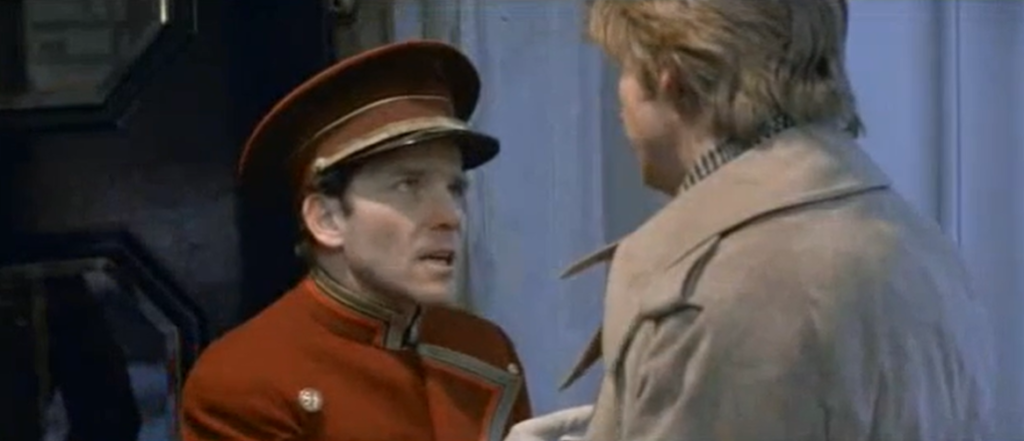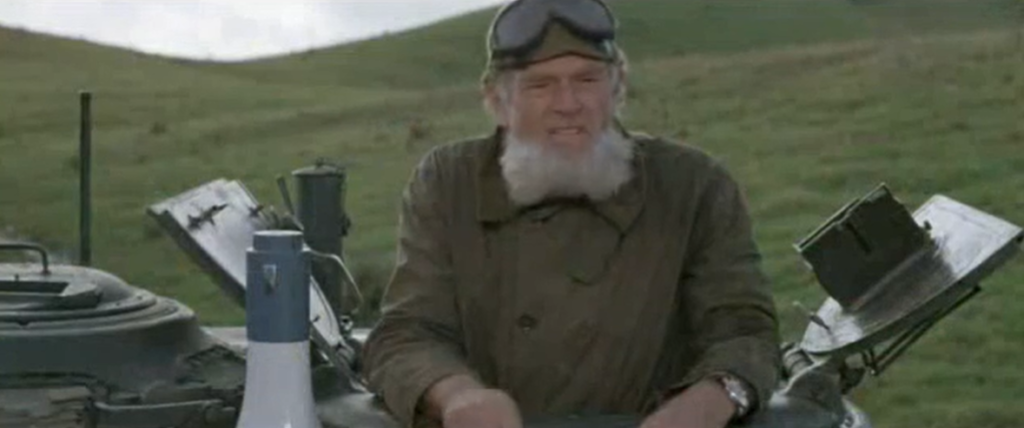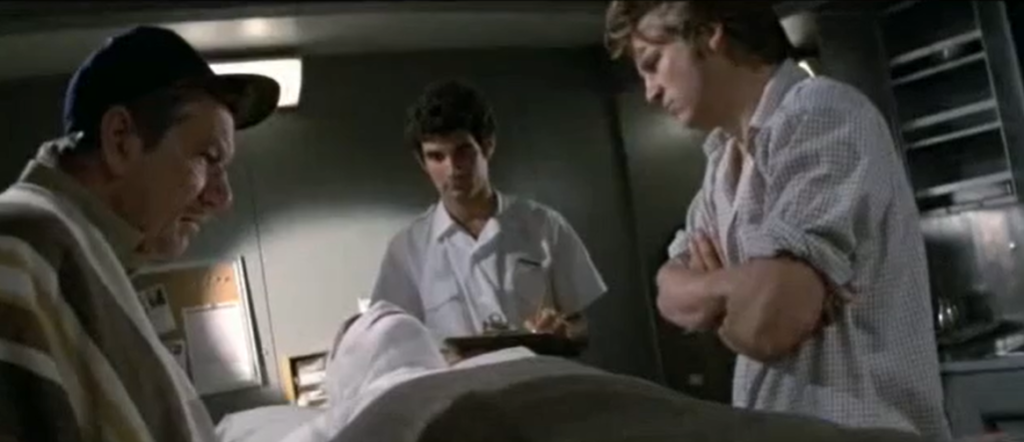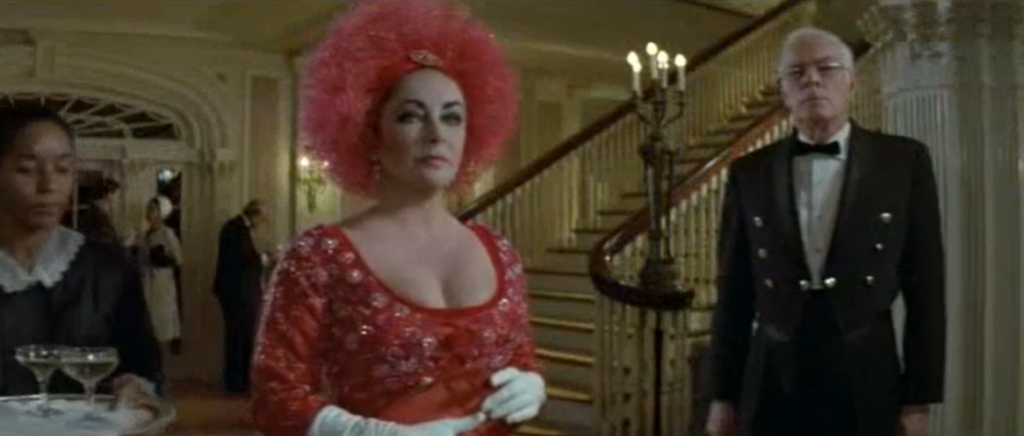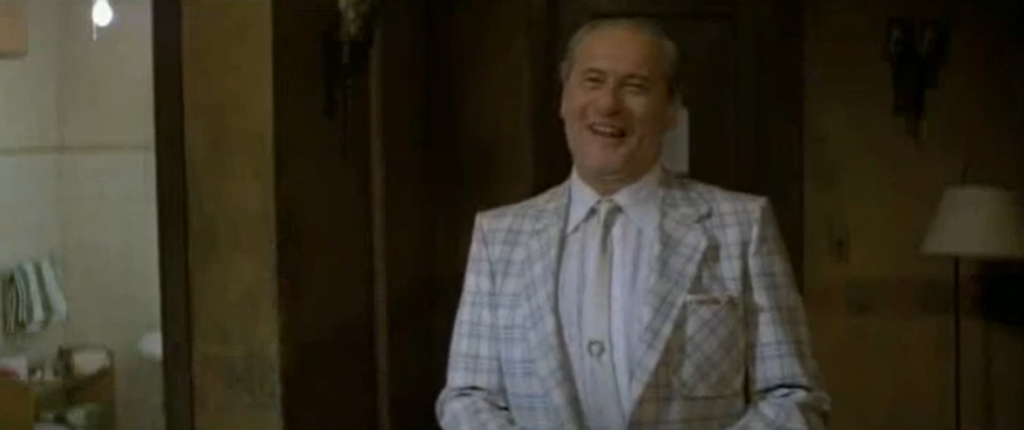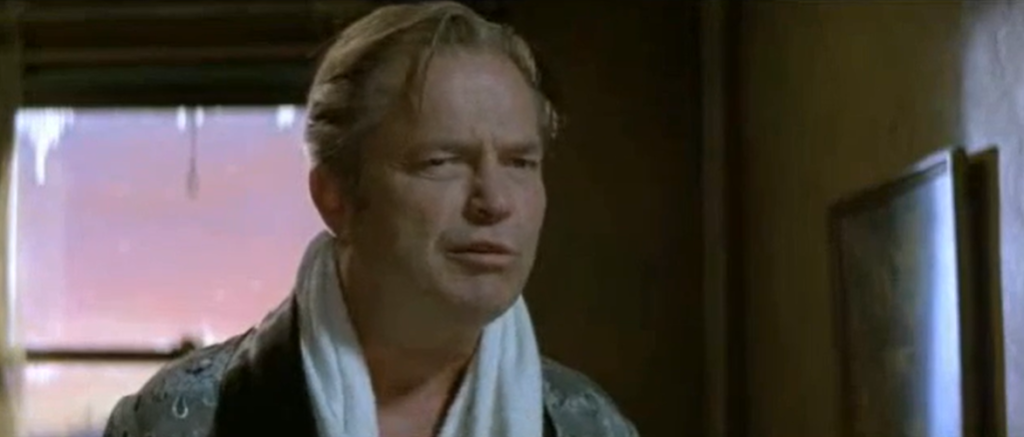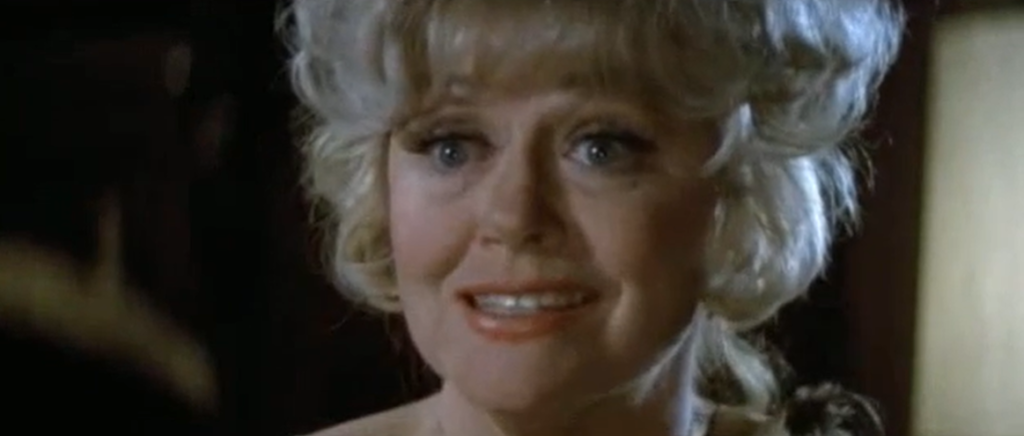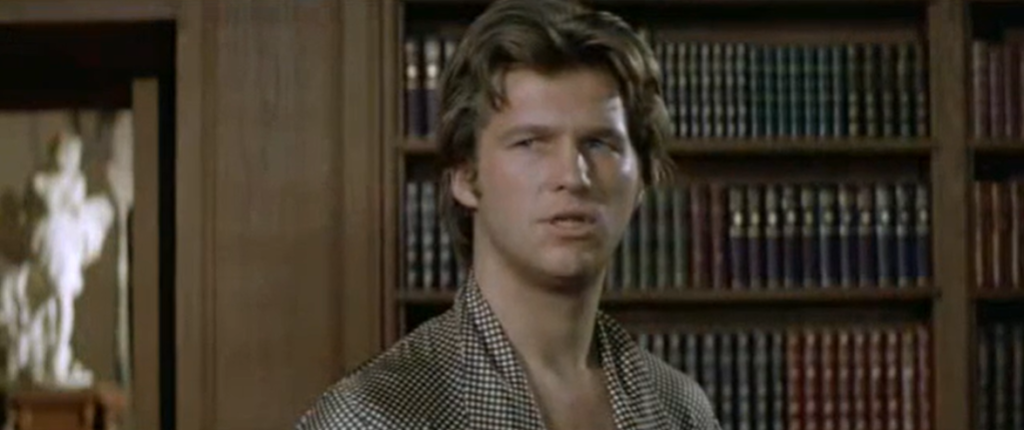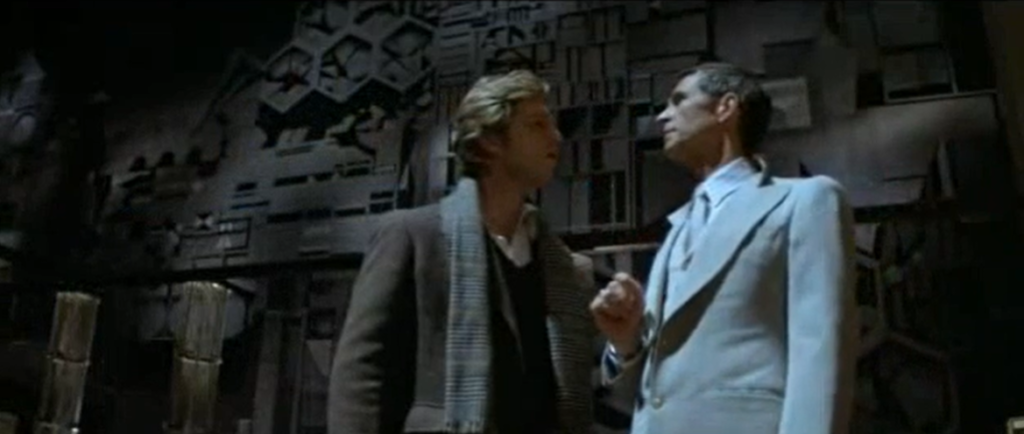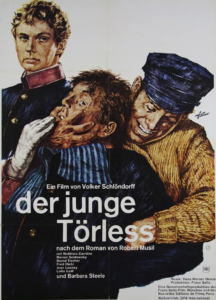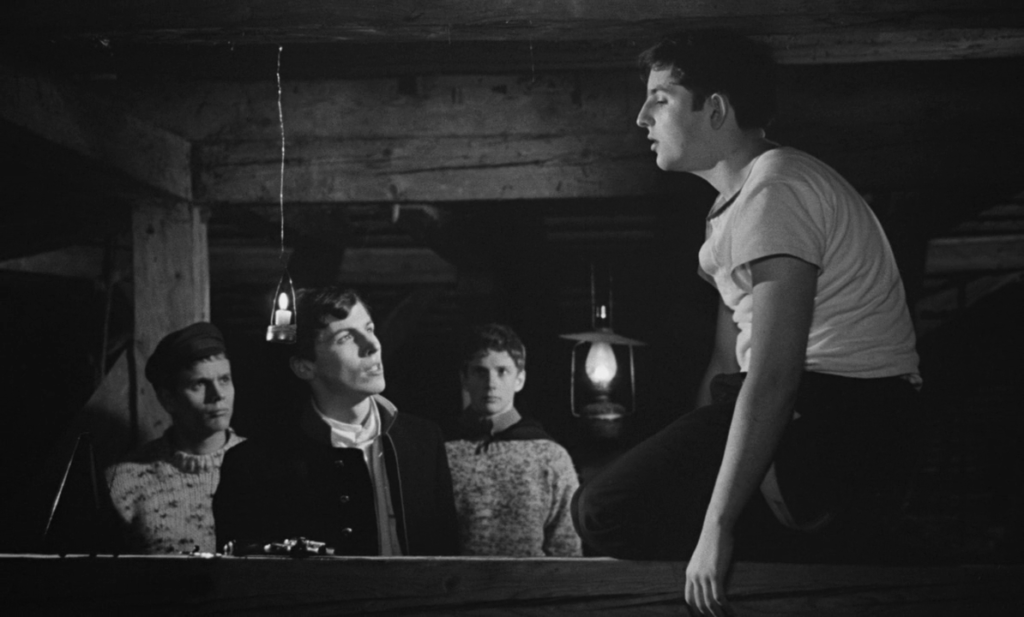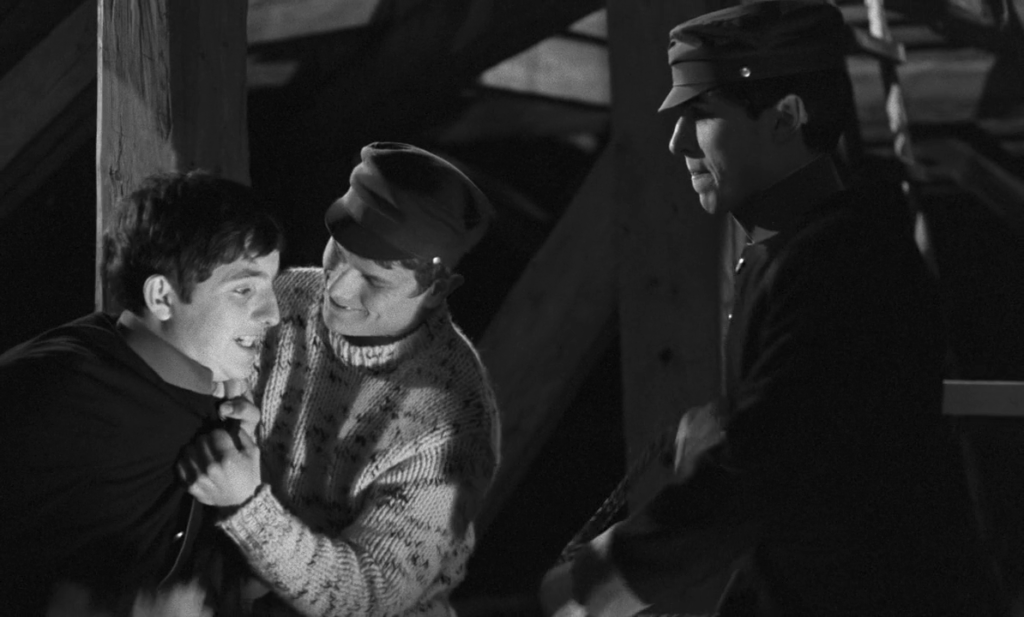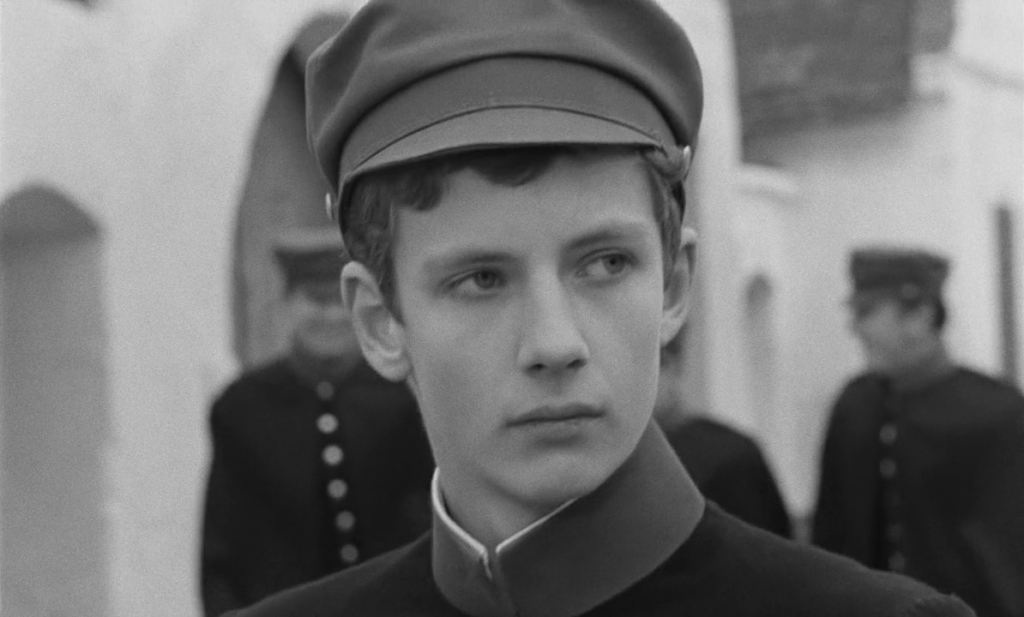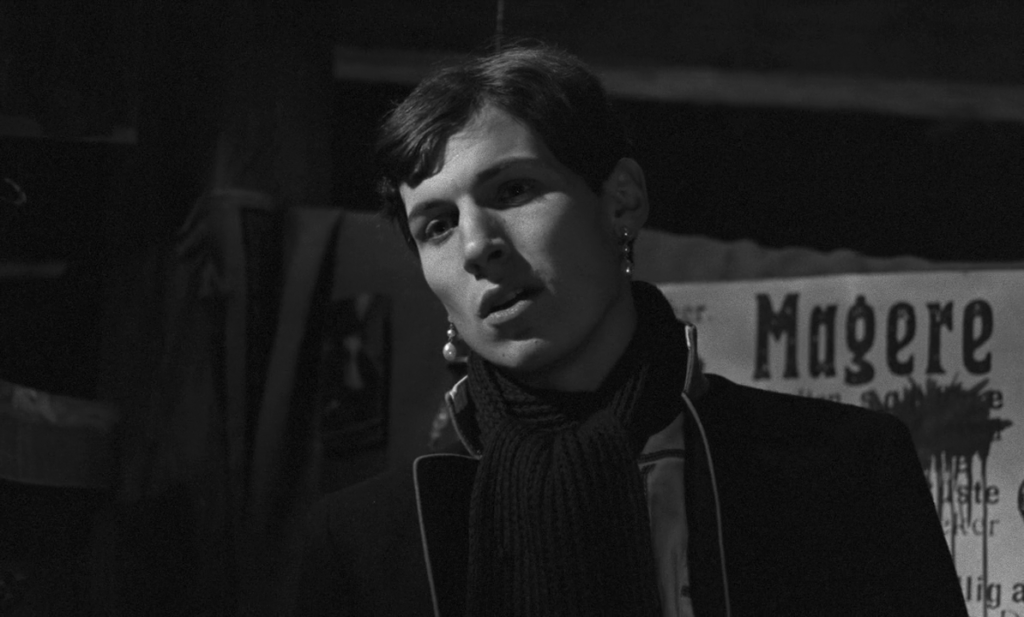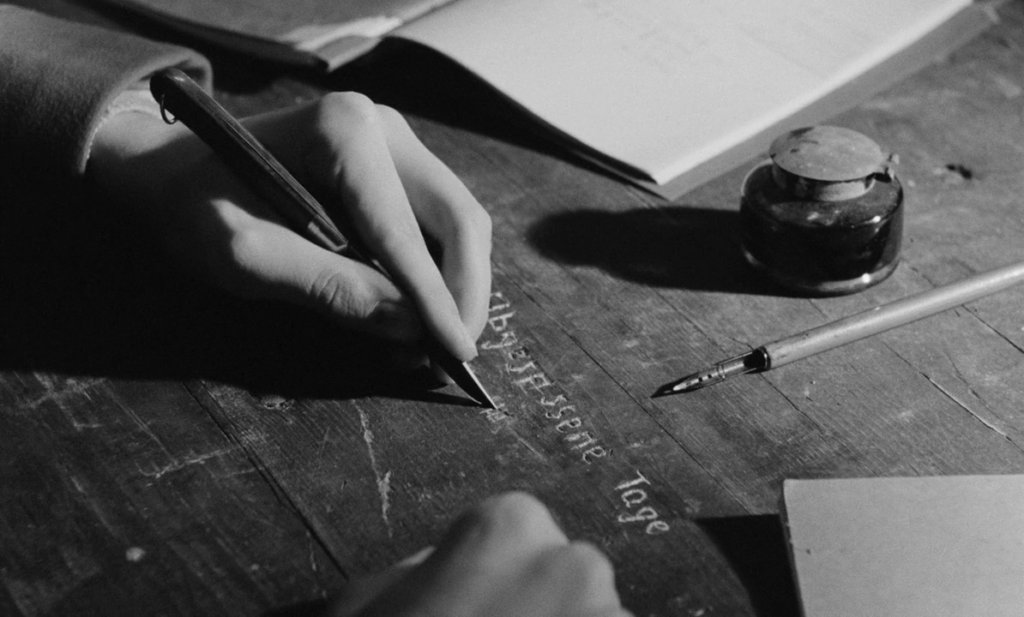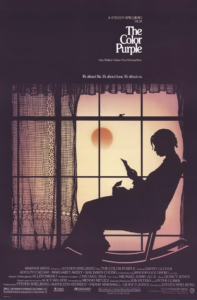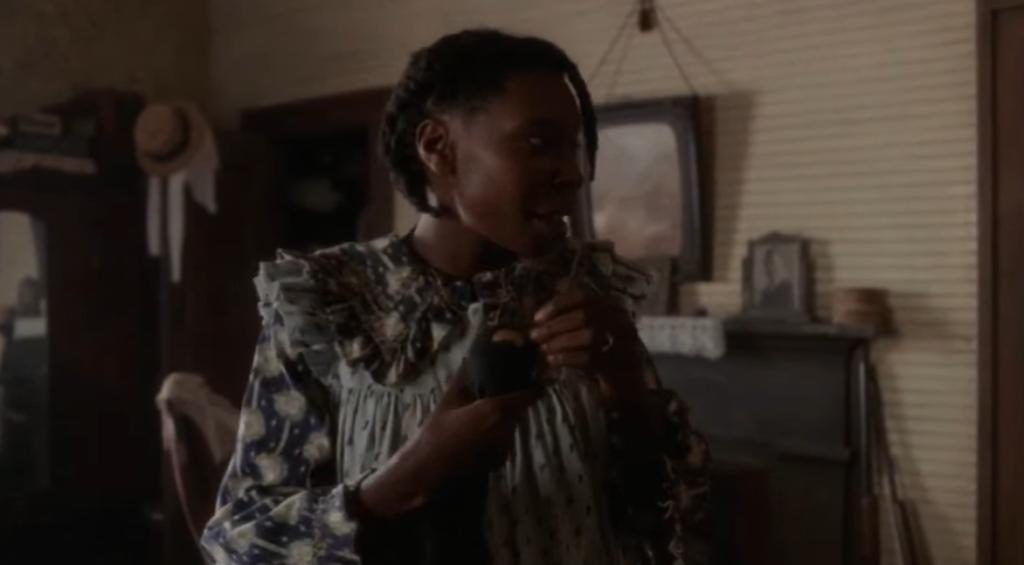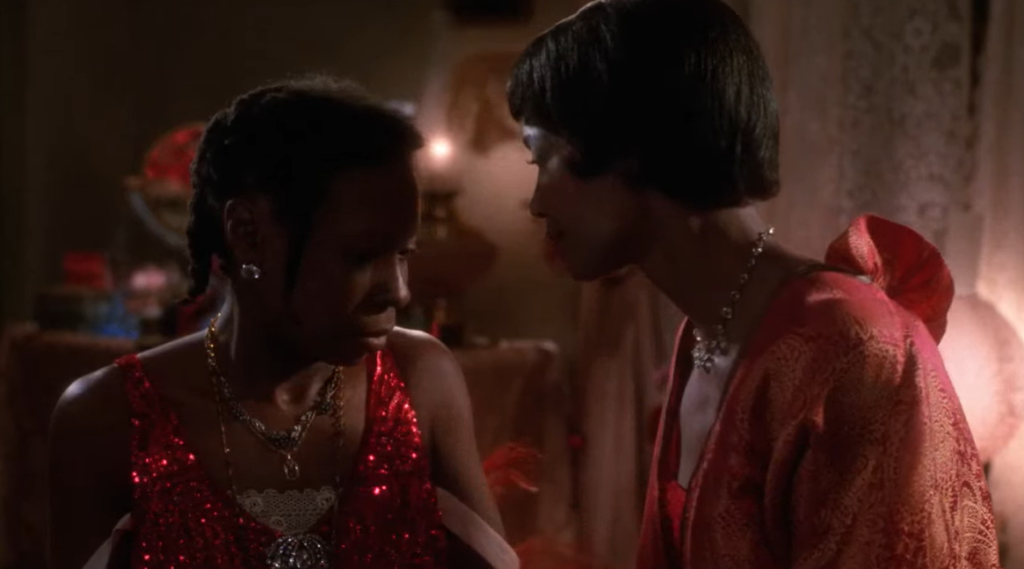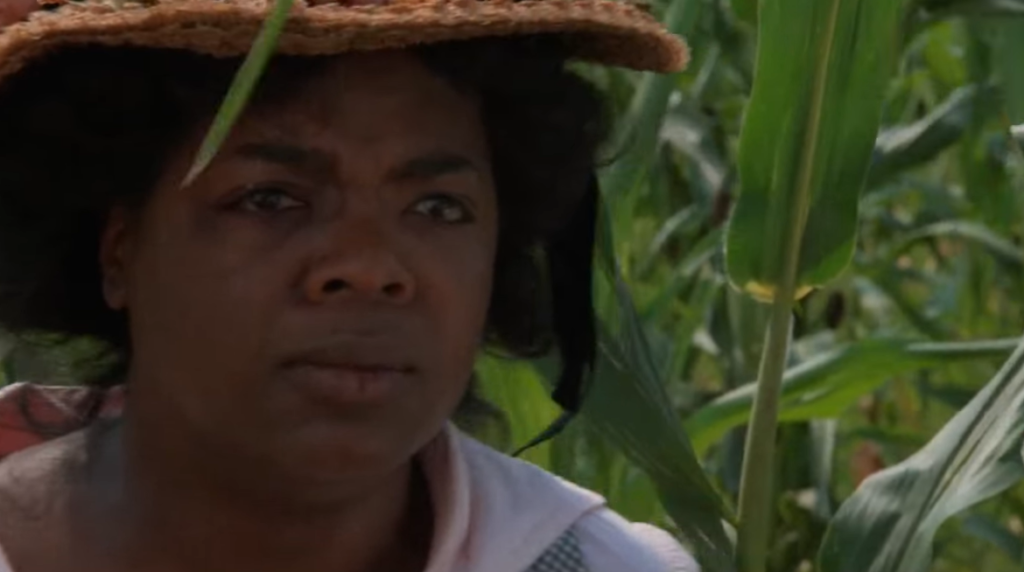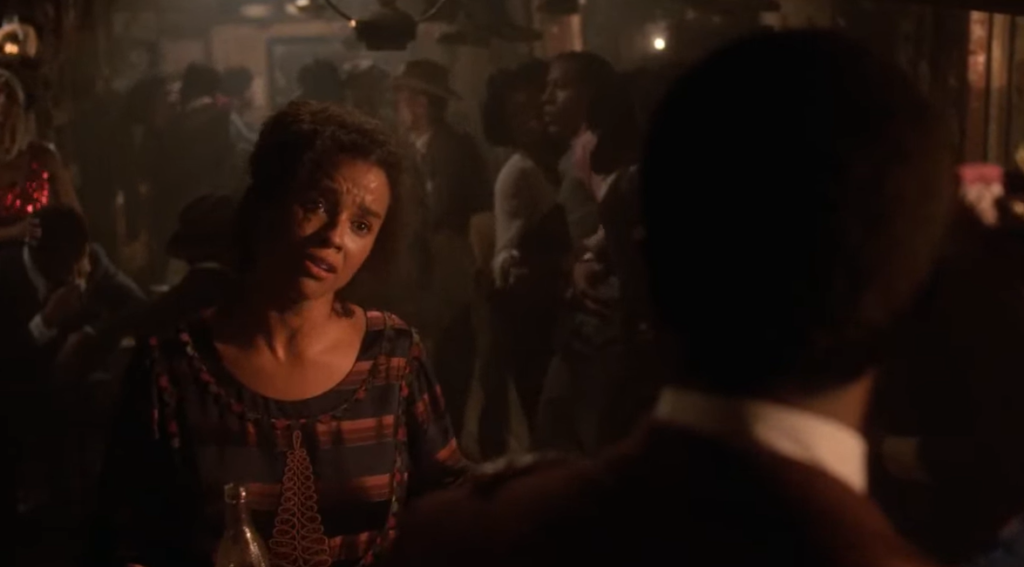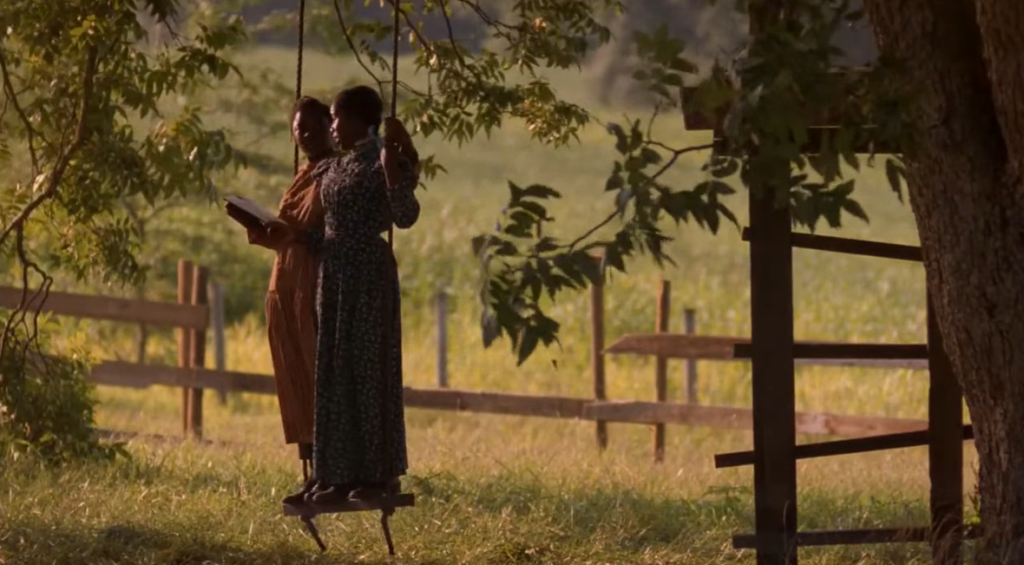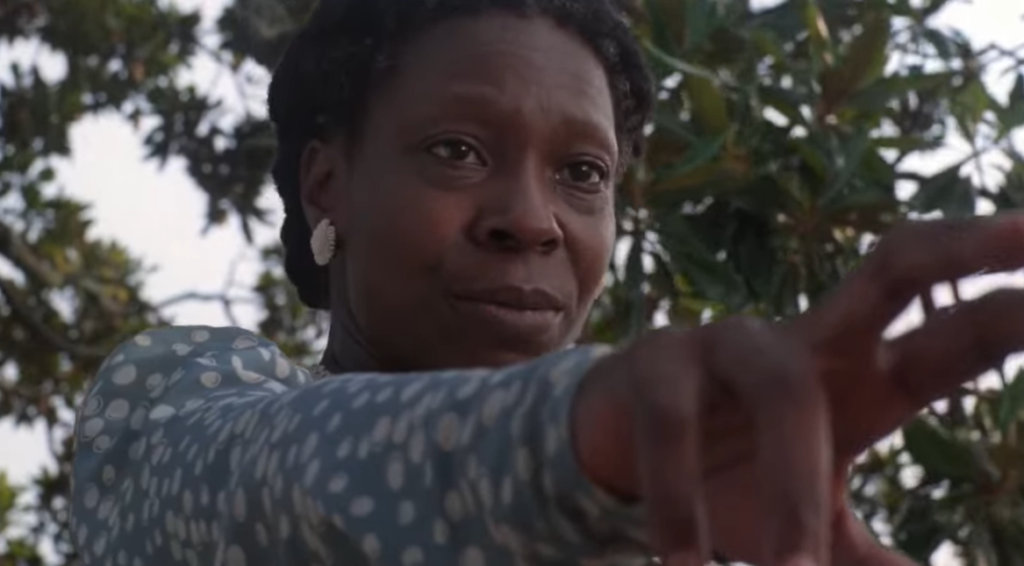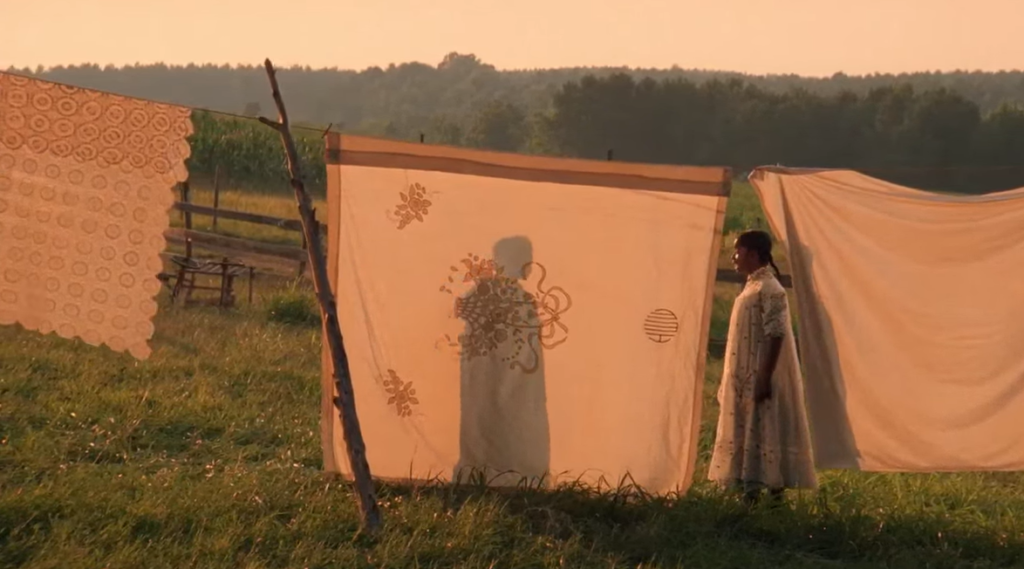Boot, Das / Boat, The (1981)
“There’s a limit — we can only take so much pressure.”
|
Synopsis: |
|
Genres, Themes, Actors, and Directors:
Response to Peary’s Review: He points out that “we are made to feel their discomfort and claustrophobia while inside their cramped, muggy, smelly, underwater vessel [and] their monotony, constant fear, and panic when enemy ships hover above.” He argues that “the picture is frightening because Petersen uses horror-movie techniques: the giant enemy ships emerging from the mist and lurching through the water are like great sea serpents”: … [and] “the sweating, shouting, terrified men rushing about the ship in search of danger points (where water leaks in) could very well be characters in Alien.” Meanwhile, “the U-96 itself is like a room in a haunted house, where trapped men nervously listen to the spooky noises (i.e., death knells) on the outside. These men are in hell.” Indeed, they are — a version of it, anyway. Peary points out that “Peterson’s goal was to show that all men in war are victims, certainly not a controversial theme” — though the picture was “criticized by those who thought Peterson — who chose not to deal with the soldiers’ politics — was apologizing for the Nazi soldiers.” Peary adds that “the film should be praised for debunking a myth that was held forth in Germany for 40 years — that German submarine warfare was a heroic, glorious adventure.” In his review, Peary touches briefly on the fact that this “story became a five-hour German TV movie;” indeed, in the time since Peary’s GFTFF was published, several different home video versions have been released, including a 209-minute 1997 director’s cut version (which is what I watched for this review). Peary also highlights the performance by Prochnow, who “makes a strong impression as the U-boat’s commander, who hates his superiors and war.” Indeed, Prochnow is riveting (and perfectly cast, despite being older than the original commander) — and he’s surrounded by a cast of excellent performers, many of them inexperienced actors; the casting directors travelled around Germany to find men to represent various geographical areas. Just a few more interesting facts about this film, which has become a solid modern classic and a bit of a cult favorite:
Note: Film fanatics will likely notice Günter Lamprecht — star of Berlin Alexanderplatz (1980) — in a small role as Captain of the Weser. Notable Performances, Qualities, and Moments:
Must See? Categories
(Listed in 1001 Movies You Must See Before You Die) Links: |
